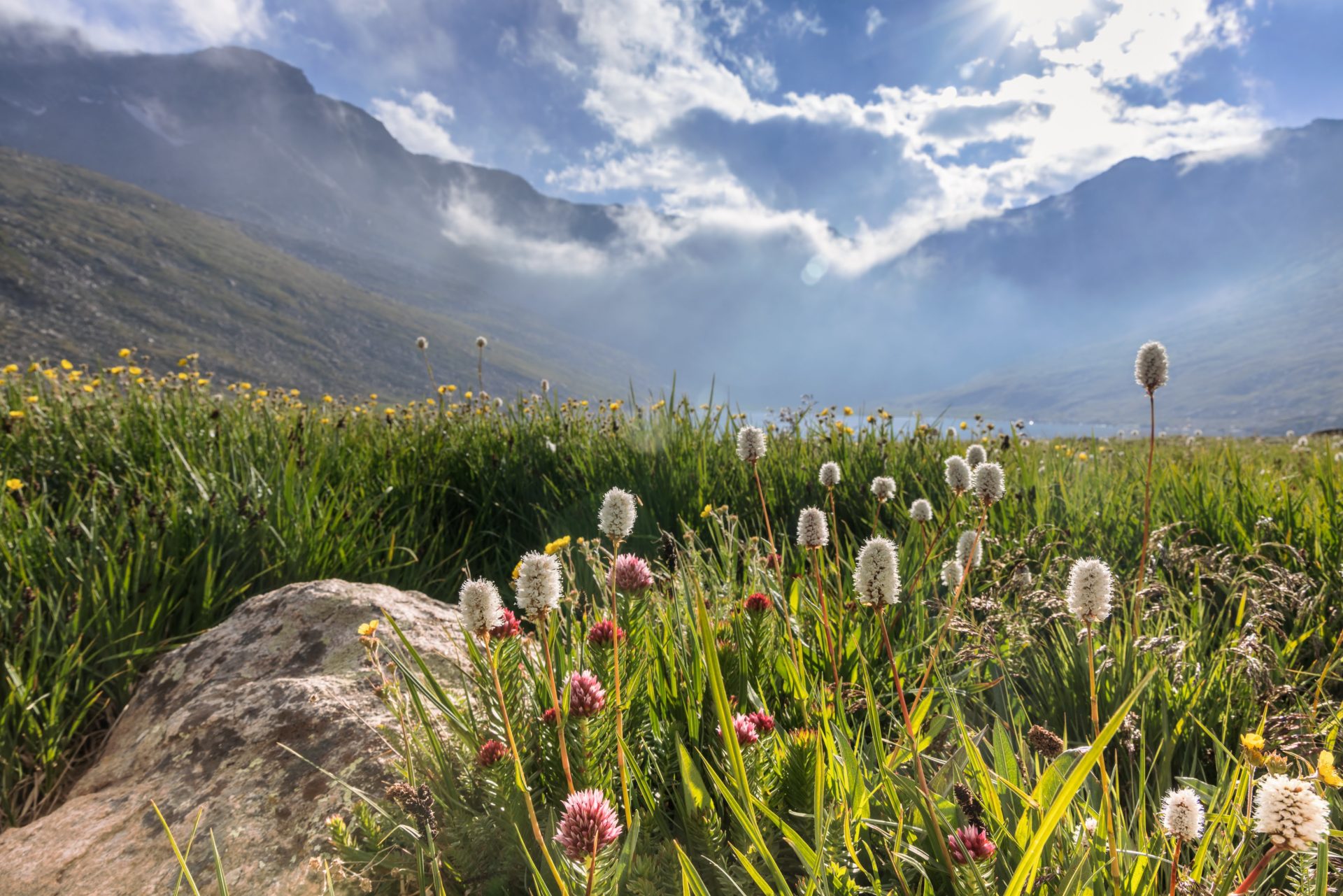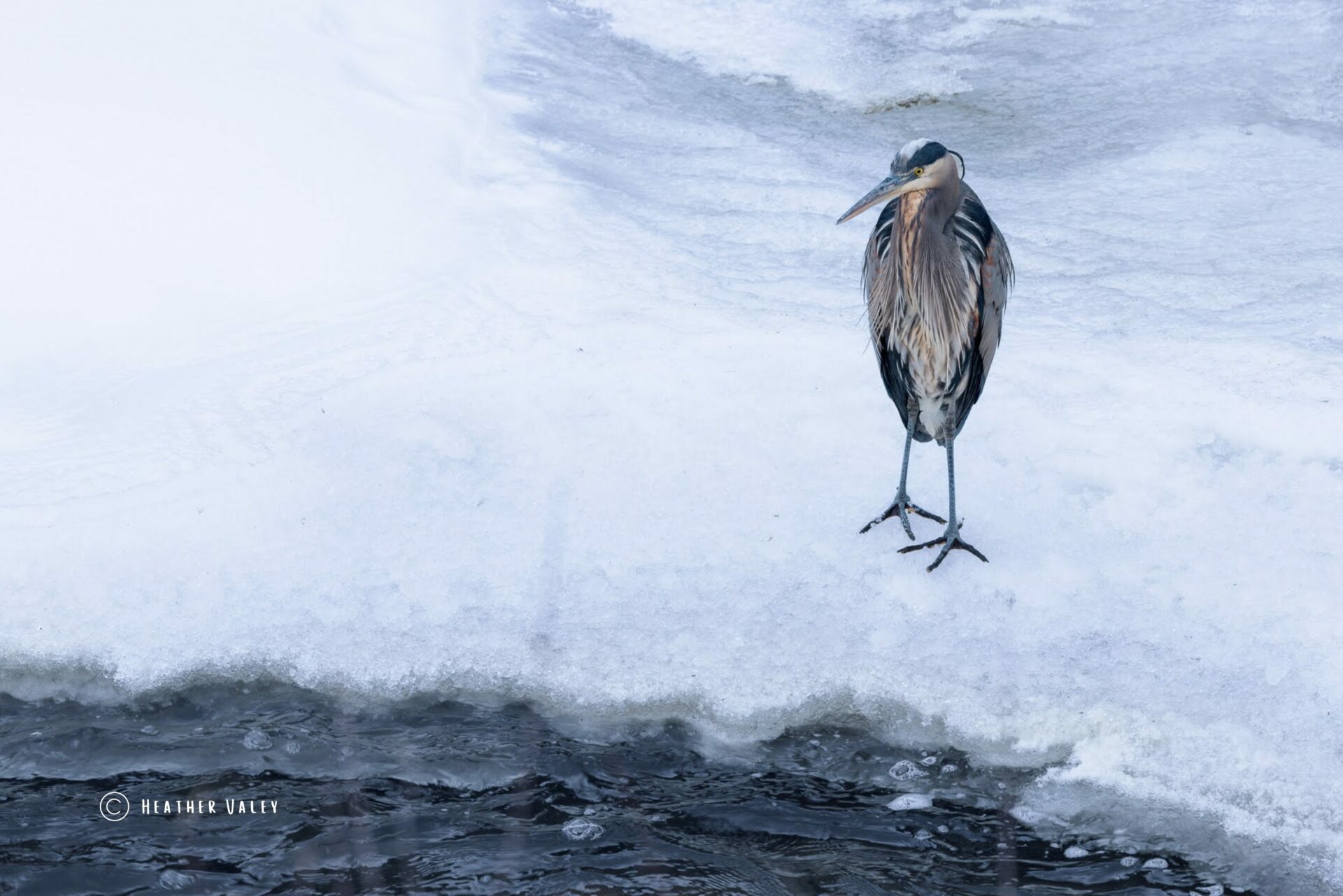Colorado alpine flower species; American Bistort & Queens Crown glow in the afternoon light at Summit Lake, Colorado. Photo by Heather Valey copyright 2023, all rights reserved
NOTE: As of September 15th, effective immediately. Mount Evans’ name has been formally changed to Mount Blue Sky!
Summer on Mount Evans

The summer went by quickly, quicker than normal. Mostly, because I spent many days in the Colorado alpine on the Mount Blue SKy Scenic Byway (formerly Mount Evans) where the summers last barely two months. While the season of the sun is short there, the summer days are long. The scenic byway goes through multiple eco-systems on the way up to the peak of Mount Blue Sky. Montane, Subalpine and Alpine habitats are the main attractions.
Snow still lingers in the tundra at Summit Lake on the last day of June. photo by Heather Valey copyright 2023, all rights reserved
The mornings and evenings are great times to watch wildlife in interesting light. Mid-day is well spent wandering along the talus and tundra trails exploring the unique greenery.
The Tundra
The cold windswept tundra that is found above tree line is one the harshest environments on earth. Flora and fauna that survive here have special adaptations that make survival possible. Plants in this environment are usually small and have slow growth rates. Typically they have more root than visible plant.

There are many unique and interesting life forms in the tundra, but the plants there capture the mind’s eye. The alpine foliage is strange and delightful like out of a fairy tale. It’s easy for the imagination to wander down a “fairy” path** of alpine sandwort and spring beauty wondering what enchanting creature lies around the corner.

** don’t actually walk on the foilage. The plants are extremely fragile and start to die after just a few footfalls.
The photographer stands on rocks and bare sand to avoid stepping on sensitive alpine plants. Even though these plants can survive extreme weather, it only takes a few footfalls to kill them! photo by Heather Valey copyright 2023, all rights reserved
Alpine Sandwort
Alpine Sandwort, also called Twinflower Sandwort (scientifically known as Minuartia obtusiloba) grows very low to the ground and forms a mat on the tundra floor. It is perennial, meaning it comes back every year and is a common native in alpine ecosystems from Colorado to the California Sierras, Alaska and Canada. It grows on high rocky slopes where the wind is harsh and the sun, intense.

Big-Rooted Spring Beauty

Big-Rooted Spring Beauty, also known as Alpine Spring Beauty (scientific name Claytonia megarhiza) is not even an inch off the ground. The central rosette is the size of a closed fist. Yet what these alpine plants lack in size above ground they more than make up for it below. Their giant tap root extends many feet below the rocky soil to find moisture and nutrients that keeps this tiny plant thriving.
Big-Root Spring Beauty in full bloom in July on Mount Blue Sky in Colorado. photograph by Heather Valey, copyright 2023, all rights reserved
Alpine Thistle

These are perhaps my favorite colorado alpine flower species. Looking more like an alien than a flower, this is the Alpine Thistle. (Scientific name Cirsium scopulorum) It is covered in prickly hairs and grows strictly above 9,000 feet. While in some circles these plants are considered weeds, they are very popular with the pollinator crowd in the alpine.


A close up of the Alpine Thistle blooms. photo by Heather Valey copyright 2023, all rights reserved
Alpine Avens

In mid july the alpine meadows are teeming with the brilliant gold flowers of Alpine Avens. (Scientific name Geum Montanum) These yellow alpine wildflowers are a mainstay of the American Pika during the winter. It is common to see pika running back to their dens in the talus with mouthfulls of this plant in the summer months to save for winter.


On the left a pika rests on talus rock in between trips to patches of Alpine Avens. (on the right) The pika gathers the avens and stores it for it’s winter rations. photo by Heather Valey copyright 2023, all rights reserved
Alpine Sunflower
The charismatic Alpine Sunflower (scientific name Hyemonxys grandiflora) gets its nickname, “Old Man of the Mountain” from the hairs on their stems. They live up above treeline and only grow to be around 9 to 10 inches. They are easy to find because their cheery blooms always face the morning sun. Sun tracking is a common phenomenon in alpine plants, but is very noticeable in the alpine sunflower.

Appreciate each bloom because the plant grows for over a decade before it blooms and creates seeds.
Visit Mount Blue Sky! (Formerly Mount Evans)

Come and see these plants for yourself on the Mount Blue Sky Scenic Byway. It is one of the few roads that will take you to the top of a fourteener and allow the average person to experience how special the tundra is. The Summit Lake site has been named a national landmark because of it’s unique flora. Some of it can only be found at the Lake and in the Arctic.
The colorado alpine flower species in this post are only a few examples of the amazing foliage up on the mountain. So you will have plenty of new plants to explore.
If you decide to go, the Mount Evans Scenic Byway is typically open from June 3rd to Labor Day. You will need a reservation to get in, as it is a popular site.
Want to Learn More? (References)
- Colorado Fourteeners Initiative
- Botanic Garens – Rock Alpine Garden Tour
- National Park Service – Alpine Tundra Ecosystem
- USDA – Alpine Sandwort
- US Forest Service – Colorado Wildflower Ethics
- Alpine Sunflowers at Fizzienotions
- Old Man of the Mountain – US Forest Service
- Thistles of Colorado
- Alpine Life Zone – Colorado Native Plant Society
- Alpine Avens
- Alpine Plants: Ecology for Gardeners, by Joen EG Good & David MIllward






